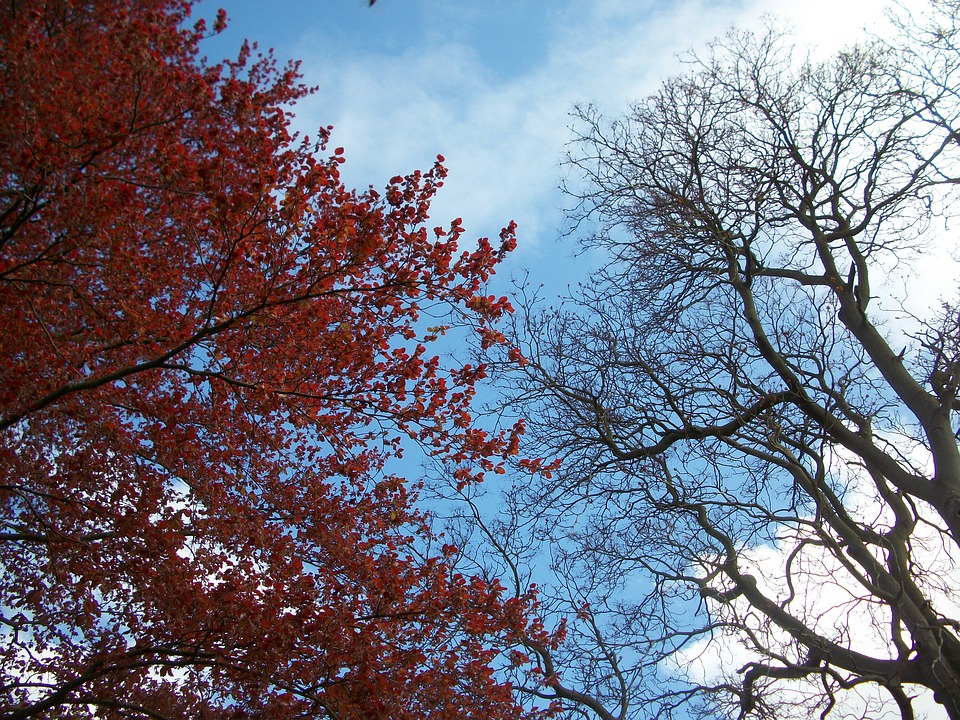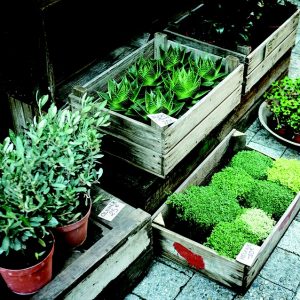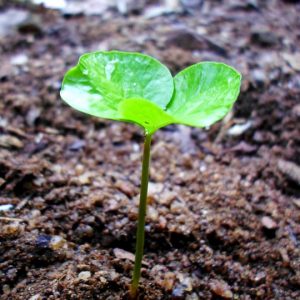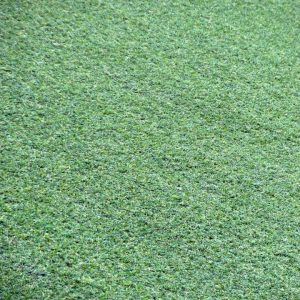This course develops your skills and understanding in diagnosis and treatment of tree disorders, whether pests, diseases, nutritional or water problems, or something else. You learn about the standard tree surgery practices, to prune and train both young and established trees, and safety measures to follow.
COURSE STRUCTURE
There are eight lessons in this module, as follows:.jpg)
- Introduction To Arboriculture
- Tree Biology
- Soils In Relation To Trees
- Diagnosing Tree Problems
- Tree Surgery
- Pruning Of Trees
- Arboricultural Equipment
- Workplace Health and Safety.
AIMS
- Describe measures to provide healthy trees in different situations, including appropriate plant selection.
- Explain tree biology, including morphology, anatomy and physiology, as it relates to arboriculture.
- Develop procedures to manage soils for improved tree growth.
- Develop procedures for managing health disorders with trees, including environmental, pest and disease problems.
- Determine surgical techniques commonly used in arboriculture to repair damage to plants
- Explain tree surgery techniques commonly used in arboriculture to prune growth.
- Determine appropriate equipment for arboricultural practice.
- Determine appropriate workplace health and safety practices for an arboricultural workplace
EXAMPLES OF WHAT YOU MAY DO IN THIS COURSE
- Distinguish between plants in order to identify different trees.
- Develop a standard tree report form customised for surveying the condition and use of trees in y
 our locality.
our locality. - Prepare plant reviews, naming and describing many different trees.
- Explain how to treat three specified soil related problems that can effect trees.
- Investigate a specific horticultural workplace (eg. a park or tree plantation) and determine the requirements for a tree survey program.
- Using diagrams, show the difference between the way phloem and xylem function.
- Explain the physiological processes which cause a tree to increase in size.
- Describe soil-related problems that have a significant impact upon tree health.
- Develop a twelve month soil management program for a tree identified by you as suffering a soil-related problem.
- Develop a twelve month program, for managing a health problem detected by you in an established tree.
- Explain the effects of gas damage on different tree species (of your choice).
- Demonstrate bridge grafting across a bark wound.
- Distinguish between different methods of pruning including: -Canopy reduction -Cleaning out -Topiary -Espaliering
- Determine the minimum equipment required to commence business as a tree surgeon.
- Compare d
 ifferent chainsaws, to determine appropriate applications for each.
ifferent chainsaws, to determine appropriate applications for each. - Describe the use of ropes when pruning a specific large tree (your choice of tree). You should provide a written explanation accompanied by drawings or diagrams.
- Evaluate Workplace Health & Safety practices in different workplaces where arboricultural activities are carried out.
- Develop safety guidelines for arborists working in a workplace investigated by you
- Determine legislation which is relevant to a specific arborist in a workplace which you visit





